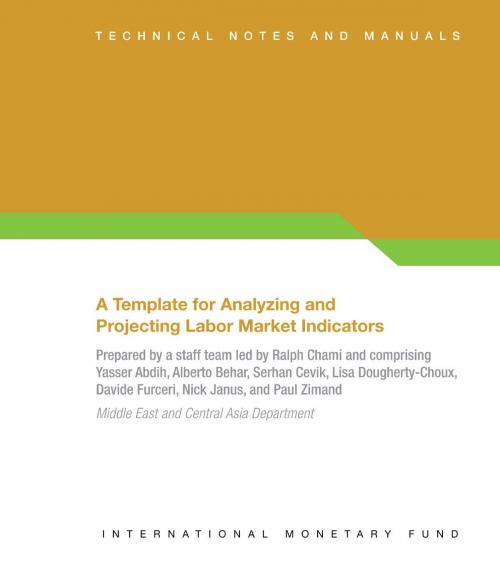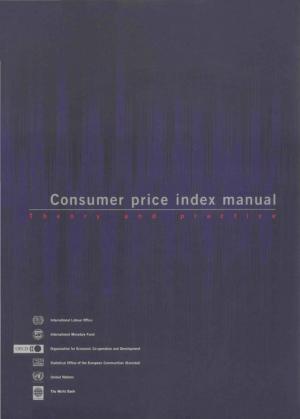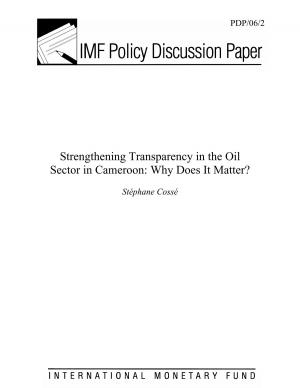A Template for Analyzing and Projecting Labor Market Indicators
Business & Finance, Economics, Public Finance, Accounting, Taxation, Finance & Investing| Author: | Ralph Mr. Chami | ISBN: | 9781475511932 |
| Publisher: | INTERNATIONAL MONETARY FUND | Publication: | October 5, 2012 |
| Imprint: | INTERNATIONAL MONETARY FUND | Language: | English |
| Author: | Ralph Mr. Chami |
| ISBN: | 9781475511932 |
| Publisher: | INTERNATIONAL MONETARY FUND |
| Publication: | October 5, 2012 |
| Imprint: | INTERNATIONAL MONETARY FUND |
| Language: | English |
This note is a reference guide for the unemployment template, an econometric tool that allows researchers to analyze and project labor market indicators for any country with sufficient data coverage. Section I explains the motivation behind designing a new surveillance tool to study labor markets, and summarizes the key features of the template. Section II details the data inputs needed and their sources. Section III describes the methods used to estimate the employment-growth elasticity, a measure of the extent to which employment responds to output. Section IV outlines the medium-term outlook table and projection charts created by the template once the inputs are customized to generate an appropriate elasticity. Finally, Section V presents a discussion on how to interpret the results produced by the template, and of the issues that arise from projecting labor market indicators.
This note is a reference guide for the unemployment template, an econometric tool that allows researchers to analyze and project labor market indicators for any country with sufficient data coverage. Section I explains the motivation behind designing a new surveillance tool to study labor markets, and summarizes the key features of the template. Section II details the data inputs needed and their sources. Section III describes the methods used to estimate the employment-growth elasticity, a measure of the extent to which employment responds to output. Section IV outlines the medium-term outlook table and projection charts created by the template once the inputs are customized to generate an appropriate elasticity. Finally, Section V presents a discussion on how to interpret the results produced by the template, and of the issues that arise from projecting labor market indicators.















